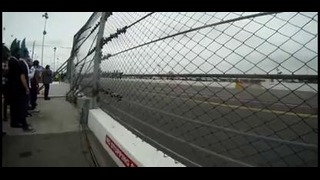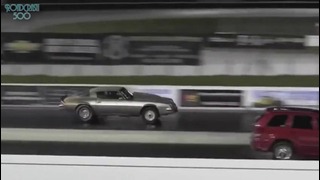Новые правила – Formula One (2014)
The 2014 season brings with it some of the biggest changes to Formula One racing’s regulations for quite some time…
Power – it’s out with 2.4-litre normally-aspirated V8 engines and in with 1.6-litre V6 turbo engines, revving to a maximum of 15,000rpm. While the old V8s produced more than 750bhp, the 2014 units put out around 600bhp with additional power coming from Energy Recovery Systems (see below).
Gearbox – gearboxes have eight forward ratios – rather than the previous seven – which each team must nominate ahead of the season.
Energy Recovery Systems (ERS) – from 2014, a larger proportion of each car’s power comes from ERS which, together with the engine, makes up the powertrain or power unit. As well as generating energy under braking, ERS units also generate power using waste heat from the engine’s turbocharger. Unlike the previous KERS – which gave drivers an extra 80bhp for just over six seconds per lap – the 2014 ERS gives drivers around 160bhp for approximately 33 seconds per lap. To compensate for the extra power being generated under braking by ERS, teams are allowed to use an electronic rear brake control system.
Fuel – to promote fuel efficiency, from 2014 fuel is limited to 100kg per race. Previously fuel was unlimited, but teams typically used around 160kg per race.
Minimum weight – to compensate for the increased weight of the 2014 powertrain, minimum weight has been increased from the current 642kg to 690kg.
Exhaust – unlike previously where two exhaust tailpipes were used, the 2014 regulations mandate the use of a single tailpipe which must be angled upwards to prevent the exhaust flow being used for aerodynamic effect. Additionally, bodywork is not allowed to be placed behind the tailpipe.












{$ noItemsMessage $}